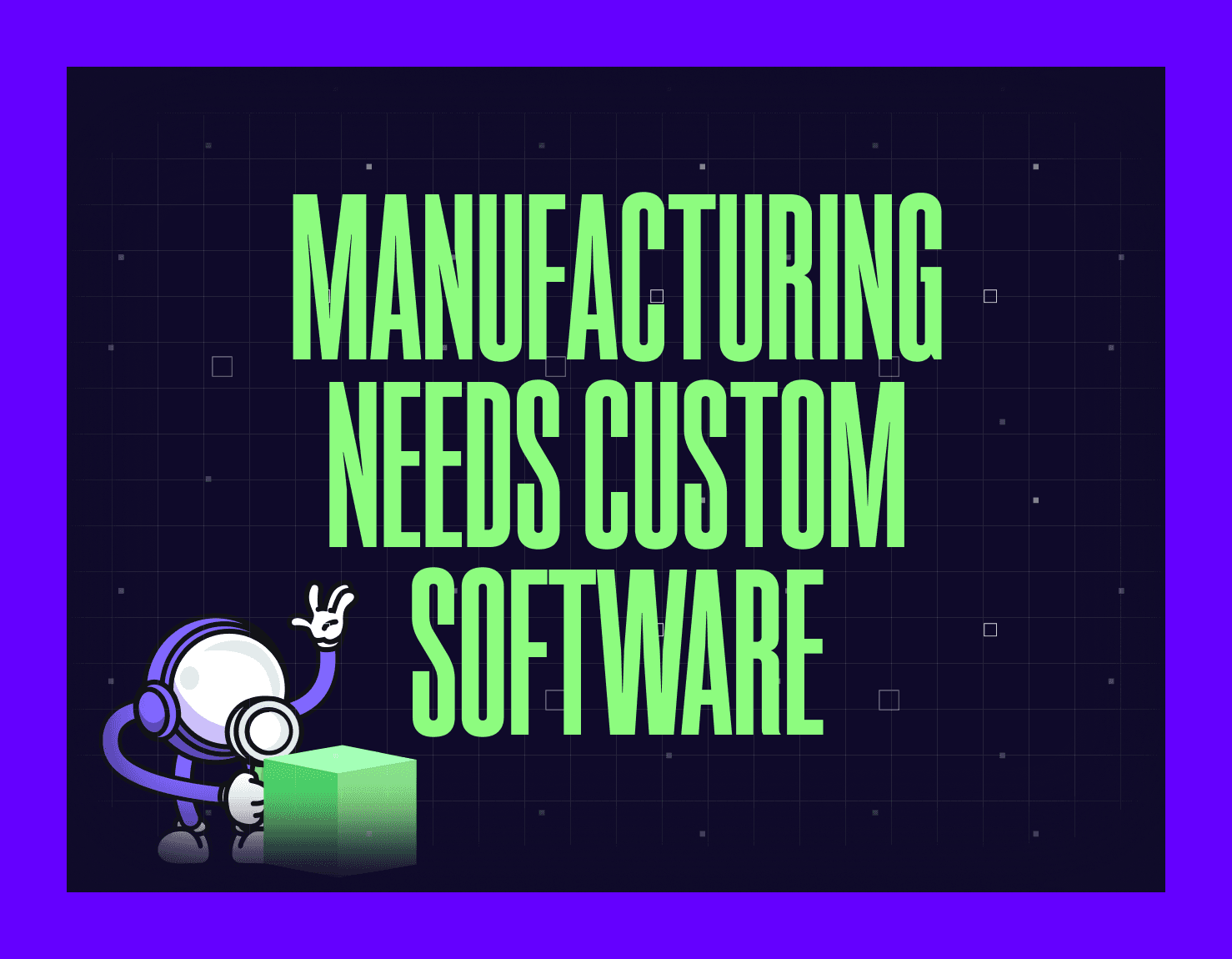How We Revolutionized AI Market Research Translation
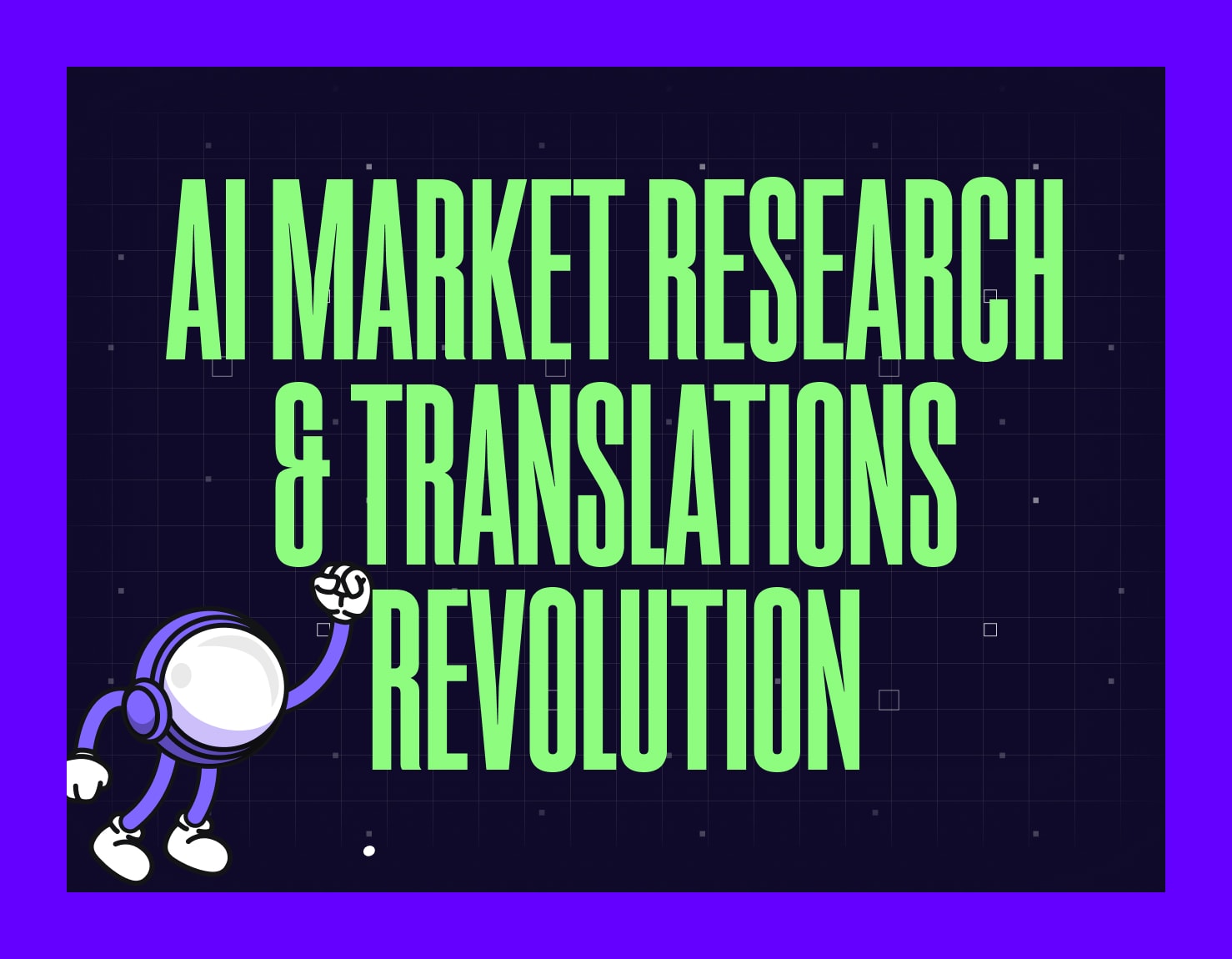
We Cracked AI Translation That Actually Does Market Research First
Look, we were drowning in research. Picture this: Week three of our Norway launch. I'm sitting there with 47 browser tabs open, a $1,500 translation invoice on my desk, and absolutely no clue how Norwegian companies actually write. We were guessing. Expensive, slow guessing.
Standard AI translation? Total garbage. You get literal, awkward phrasing that misses local nuance and SEO. Nuance matters - especially when you're up against native competitors.
Then we had our 'oh shit' moment: What if we could teach AI to DO the market research first? Not just translate words, but actually hunt down real competitors, analyse how they write, then translate like THEM?
Why does this matter? Because scaling content globally shouldn't mean weeks of market research and budgets blown on bland translation. With our approach, you get native-sounding, SEO-optimised content - at a fraction of the time and cost. And yes, there's finally an AI that can do market research before it translates - just like you always needed.
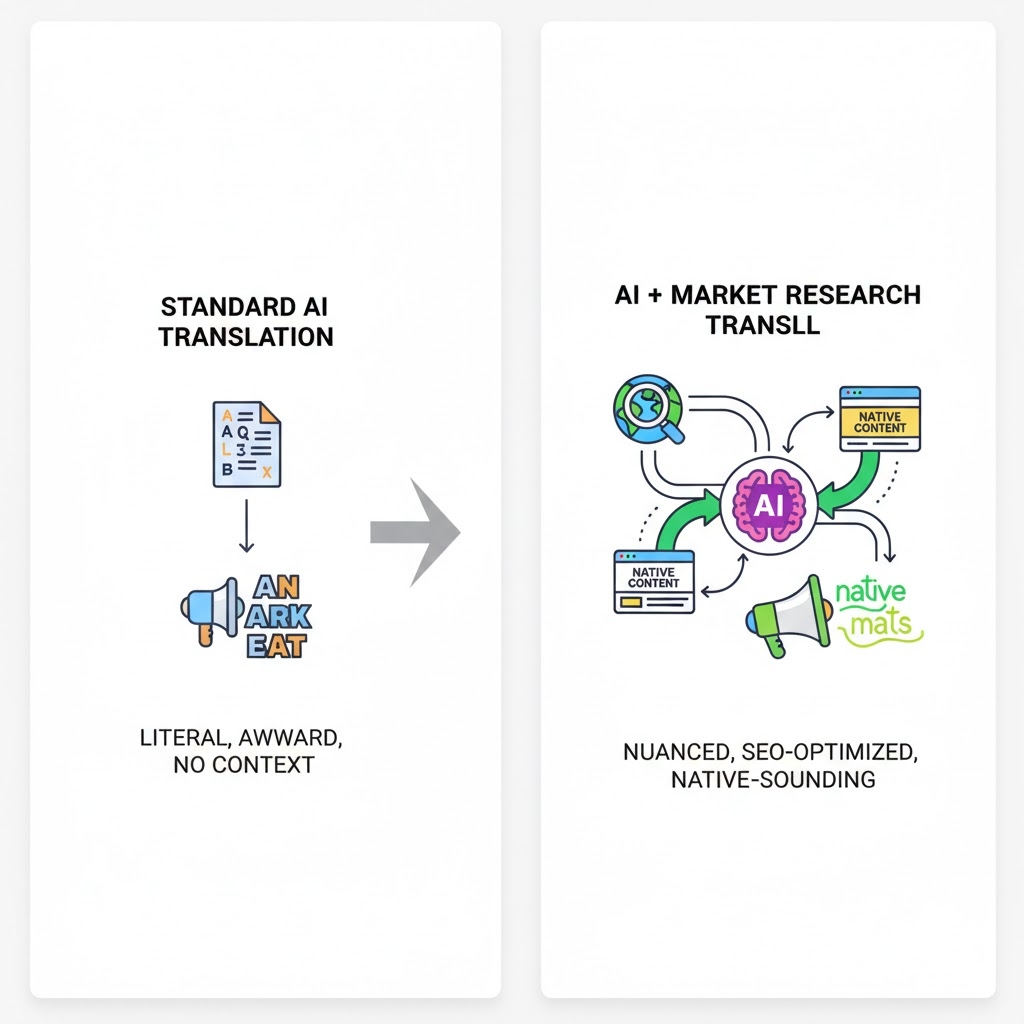
Our Struggle: When Translation Fails to Scale
The endless search for real competitors
We thought finding actual market leaders would be simple. Wrong. For example, I opened 47 browser tabs, cross-referencing Norwegian companies. Google kept feeding us directories, listing sites, and SEO spam - never the real players. We'd run searches like "top B2B IT agencies Norway," but all we got was noise. No market report, no useful competitor list, just endless guessing.
Could generative AI help? We tried ChatGPT straight out of the box. "List top Norwegian SaaS companies." It returned a mix of fictional brands and outdated names. For example, it gave us "NordicCloudPro" - which didn't exist. Clicked the link - 404 error. Even with prompts, ChatGPT couldn't separate real competitors from filler content.
Translation tools that didn't deliver
We assumed professional translation would solve the rest. For example: we sent one 1,200-word blog post for quote - $350 and a ten-day turnaround. Ouch. When the draft came back, it read like a government manual. Zero local SEO keywords. Not a trace of how actual Norwegian companies write.
So we pivoted to machine translation. Google Translate, DeepL, even raw GPT-4 as an ai language translator. The result? Robotic phrasing, awkward idioms, sentences that screamed "translated." For example: "Our solution provides process optimization" became "Vår løsning gir prosessoptimalisering" - technically correct, but sounds like a robot wrote a government form. No Norwegian would ever say that.
LanguageIntelligence.com warns that using AI language tools without local context (opens in new tab) risks alienating your audience - and your Google rankings.
The numbers back this up: Market.us reports (opens in new tab) the AI translation market growing 20.4% annually - everyone's piling in. But scale means nothing if your message sounds fake. That's where most tools fall apart - and exactly where we hit a wall.
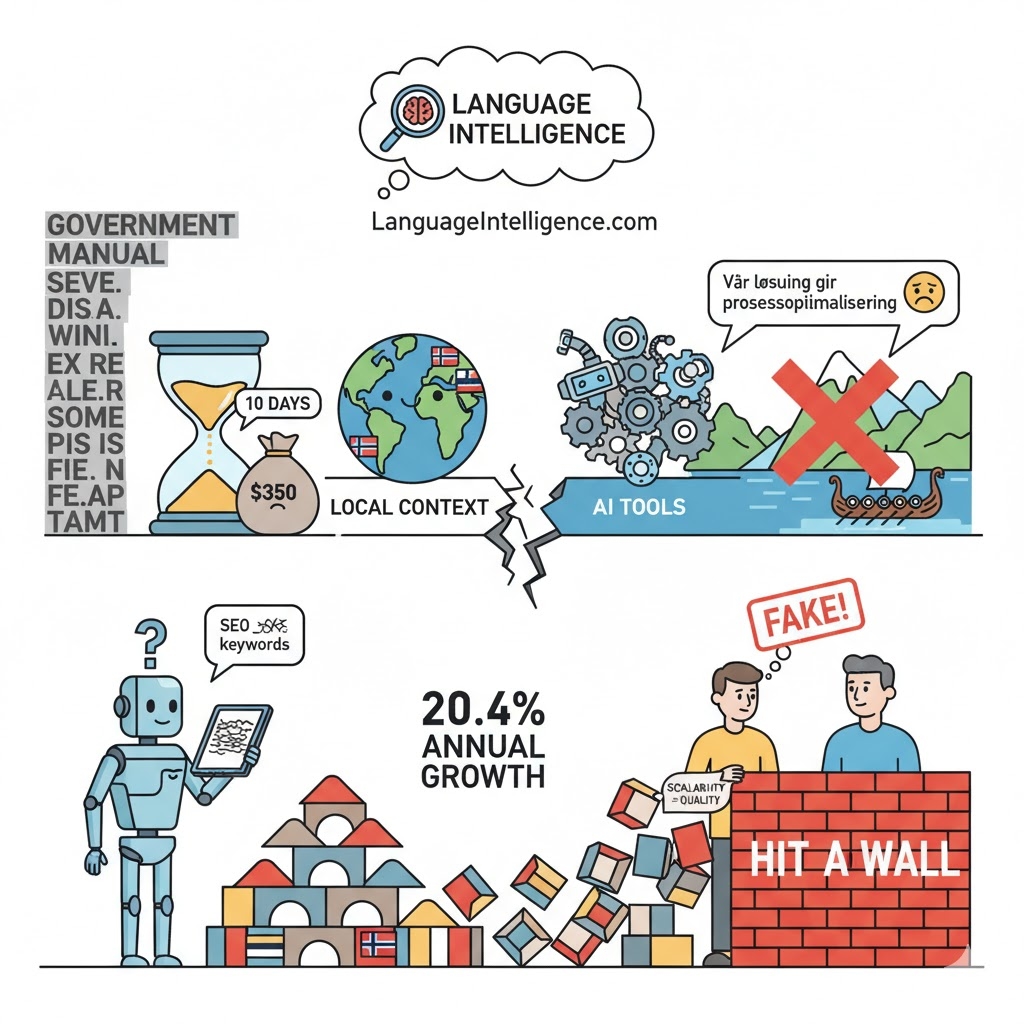
Our Breakthrough: AI-Driven Market Research Translation
The 'aha' moment: Combining market intelligence and AI
We were staring at 47 browser tabs. Week three of research. My colleague looked at me and said, "This is insane. We're a tech company, and we're doing this manually?" That's when it clicked.
What if we could teach AI not just to translate, but to hunt down the real competitors and decode their style?
For example, the first time we let our AI loose on the Dutch market, it confidently returned "DutchCloudPro" and "AmsterdamSaaS Solutions." We clicked. Both 404 errors. Total fabrications. We were back to square one - but now we knew what to fix.
So we built a verification loop. The AI now searches, checks, and re-checks until the list is solid. It takes up to 15 iterations. But the moment we saw a verified list of top SaaS firms - like "Exact" and "AFAS Software" - complete with their tone, SEO keywords, and writing patterns - we knew we'd cracked it.
This wasn't just AI in language translation. This was market research, automated. And it let us scale content localisation at a speed we'd never seen. According to Market.us research (opens in new tab), cloud-based solutions have taken over 72.1% of the generative AI translation market, driven by flexibility and speed. That's the kind of edge we wanted.
How our system works: from brand DNA to native content
We used what we learned from our previous projects (opens in new tab) - we taught him, we fed it our homepage, our about page, and three blog posts. It came back with: "Mygom.tech's brand voice is professional, approachable, and innovation-driven. The company communicates with clarity and confidence, emphasizing teamwork, adaptability, and their commitment to delivering tangible business results. Their tone is friendly yet focused on excellence and reliability.". That's our brand DNA, captured in seconds.
Next, it launches into autonomous research. It doesn't just take the first result from Google. It digs through actual company sites, filters out aggregator junk, and analyses how successful firms in that market communicate. Industry research shows proprietary AI engines outperform generic tools when tuned for specific verticals - that's exactly what we built.
The result? Instead of "We help companies optimize their processes," we got "Vi hjelper bedrifter jobbe smartere" - how actual Norwegian SaaS companies talk. Native. Natural. SEO-friendly.
ChatGPT can translate. Sure. But it can't research your competitors first. It can't learn your brand voice. It can't verify that companies actually exist. We had to build that brain ourselves.
It's fast (seconds per post), cheap (fractions of a cent), and SEO-friendly by design.
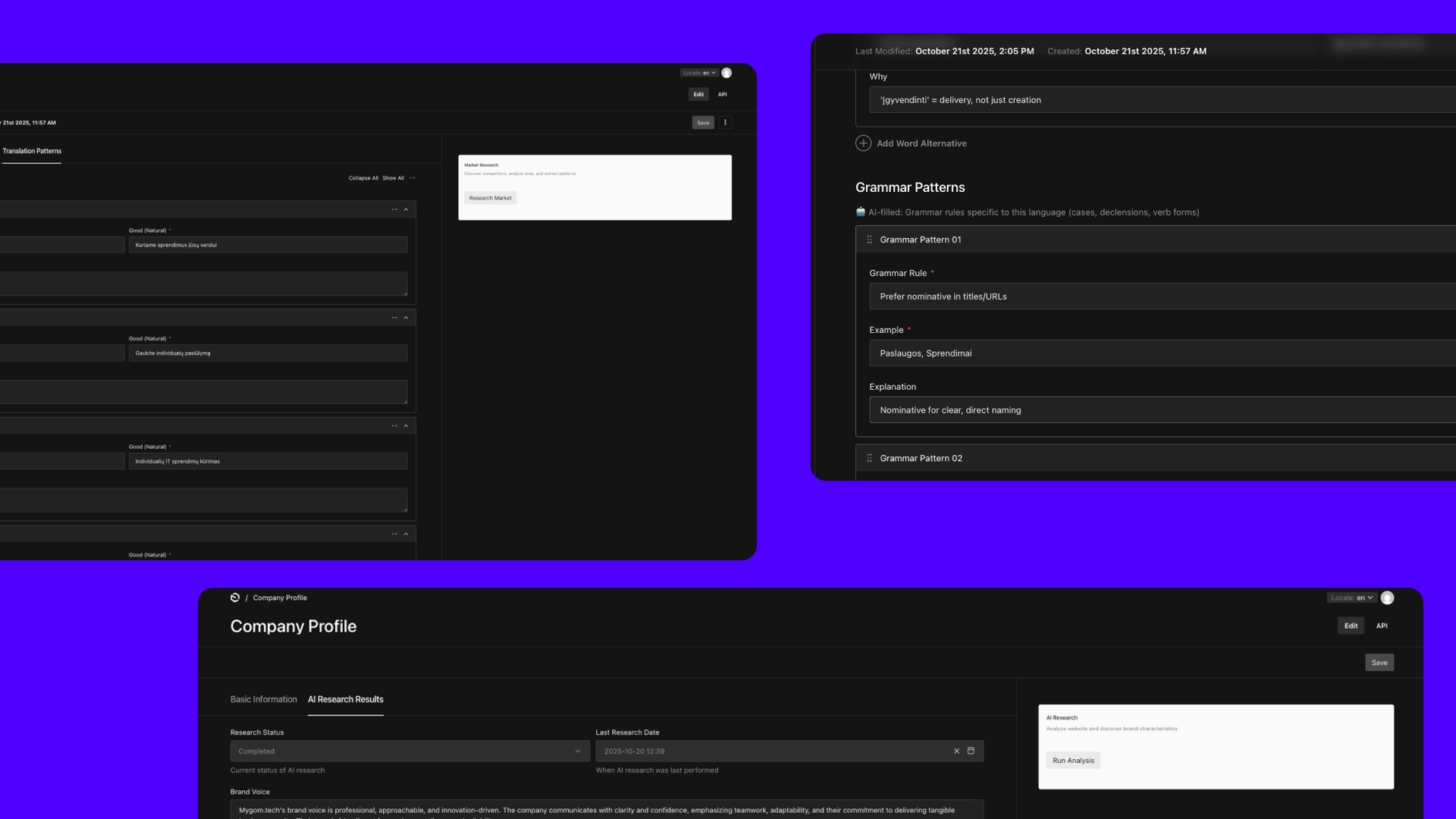
The New Standard for Multilingual SaaS Content
We built this for ourselves because we were tired of the time and cost. Then we realised: holy damn, every SaaS company going international faces this. Every agency is building multilingual sites. Every company wants to scale content globally.
So now we're offering it to clients. If you're expanding internationally and dreading the translation nightmare - we've already solved it. (opens in new tab)

Justas Česnauskas
CEO | Founder
Builder of things that (almost) think for themselves
Connect on LinkedIn
